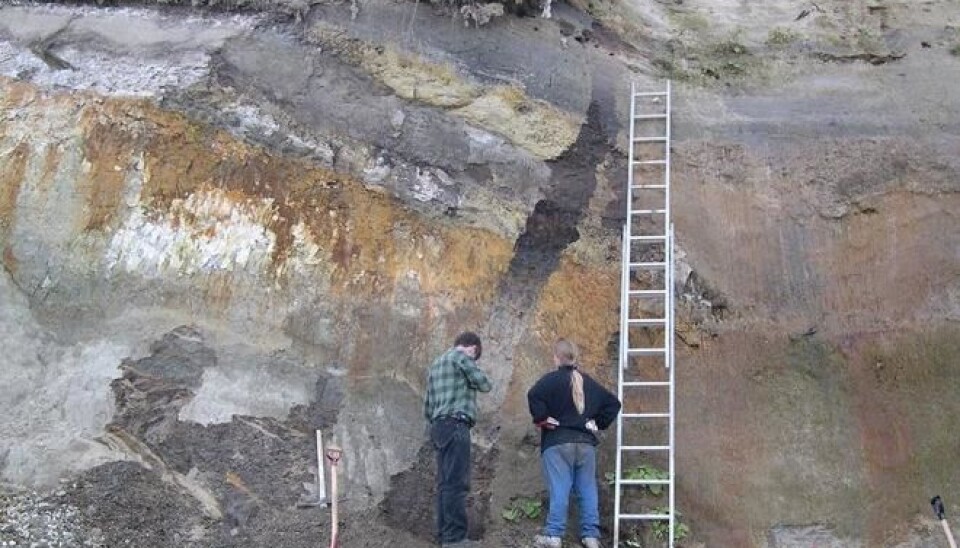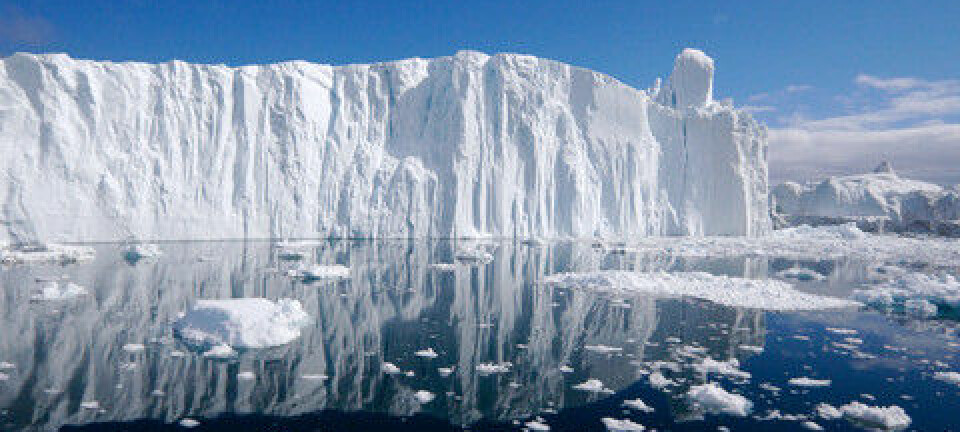
Danish pollen reveals new interglacial period
New analysis of rare Danish soil layers reveals a hitherto unknown temperate period during the Ice Age.
A ‘new’ interglacial period has popped out of the soil on the Danish peninsula of Jutland.
The previously unknown period was discovered after analyses of thousands of years of pollen deposits from the interglacial layers in Trelde Klint near the city of Fredericia.
”So far we have only known about three interglacials prior to our current warm period,” Professor Bent Odgaard of Aarhus University told the university’s newsletter Rømer
”But now we have discovered a new interglacial in the deposits at Trelde Klint. The period from which the layers originate has not previously been described in relation to Denmark.”
Only a few of these sediments have been subjected to pollen analysis, and those results may well be interpreted as coming from another interglacial period. But we have conducted a detailed analysis, which clearly shows that it cannot be one of the previously known interglacials.
Odgaard and colleagues estimate that the samples are about 340,000 years old. Up to now, scientists have regarded this period as having been colder. However, an analysis of the vegetation development during the period now shows that the climate was warmer than previously thought – so warm that we’re actually talking about a proper interglacial period.
The discovery is published in the journal Boreas.
Rare layer harboured a secret
The layers at Trelde Klint are very rare, which helps explain the late discovery of this interglacial period. None of Denmark’s neighbouring countries have found deposits that can be dated with certainty to this period. In addition, pollen is only preserved under highly specific conditions:
”The pollen that falls to the ground is rapidly degraded by microorganisms, which thrive in our atmosphere’s oxygen,” says Odgaard.
“However, some pollen lands on the surfaces of lakes and slowly sinks to the bottom where there is no oxygen and thus also no microorganisms to break down the pollen. And then, as mud deposits build up on the lakebed, the pollen grains become buried and preserved."
Incorrect pollen dating
Another reason why this warm period has remained hidden in the cliff is that previous analyses have misdated the samples.
“We have known all along that the soil layers in question stemmed from an interglacial period, but the layers have not been examined sufficiently well, which is why they have been misdated,” says the professor.
“Only a few of these sediments have been subjected to pollen analysis, and those results may well be interpreted as coming from another interglacial period. But we have conducted a detailed analysis, which clearly shows that it cannot be one of the previously known interglacials.”
However, the puzzle about Denmark’s prehistoric climate is far from complete, as the researchers estimate that there are several more interglacials that have yet to be discovered.
-------------------
Read the Danish version of this article at videnskab.dk
Translated by: Dann Vinther







